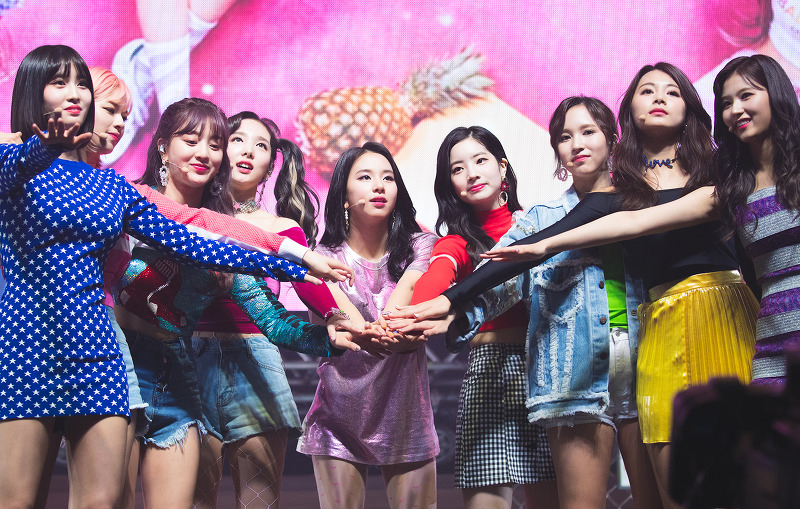The Popularization of East Asian Pop Culture
March 2, 2022
Recently, East Asian pop culture has surged in popularity, especially that of Japan and South Korea. In the past years, anime has become popular, and just last year, K-dramas like Squid Game and Chinese games like Genshin Impact became well-known.
However, it hasn’t always been like this. Asian representation in the media was (and still is) scarce and often portrayed incorrectly. Not so long ago, there were hardly any renowned East Asian stars, apart from Jackie Chan and Bruce Lee. However, while there’s still an abundance of racial prejudices and stereotypes, there’s also a significant increase in the immersion with East Asian pop culture.
In 1960, Astro Boy was America’s first introduction to anime. Western animations, however, were vastly different from Japanese animations. The target audience for Western cartoons was mainly children; they featured bright colors, animal characters, and exaggerated motions. But anime typically catered to an older audience, resulting in shows with complex characters and storylines. Its artistic style varied depending on the genre and show, and the main character was usually human.
So, on top of production issues, Astro Boy’s ratings criticized the idea of a cartoon character having human traits and feelings. Astro Boy was, essentially, a failure at the time. Although more Americans became interested in anime over the years, no television show would air anything, leading to limited access to anime.
Around the 1990s, companies like Disney and Cartoon Network noticed anime’s growing fanbase and decided to take advantage of this. Disney reached out to Studio Ghibli, and Cartoon Network launched a segment called Toonami, which included Dragon Ball Z and Sailor Moon. When Dragon Ball Z and Sailor Moon proved successful, Toonami aired 19 more anime shows.
In addition to anime, Korean culture has been growing in popularity, with media like K-pop, K-dramas, and K-movies.
Scholars observe that Korean culture attracts Americans because it’s heavily influenced by American culture itself. They also believe that Korea’s geopolitics plays a part in its appeal. Furthermore, Korean productions tend to tackle complex social issues, like BTS’ song Whalien 52, which discusses depression, or the movie Parasite, which discusses the class gap.
“It’s the deeper, dark social commentary that makes Korean pop culture stand out,” said Inkyu Kang, an associate professor of journalism at Penn State Behrend.
Another big factor in the popularization of East Asian culture is social media itself.
Last October, many people, including myself, learned about Squid Game through social media. I saw fanart and video edits of HoYeon Jung, a leading character in the show, and eventually succumbed to watching the show—which, I’m sure, happened to countless others around the world. Many have found different anime and Genshin Impact in this same way. In addition to this, popular TikTok audios like The Feels by TWICE and Yoru ni Kakeru (otherwise known as Into the Night) by Yoasobi came from K-pop and J-pop artists.
Overall, the popularization of East Asian culture cultivates awareness and openness to other kinds of entertainment, which is the first step to bridging boundaries and appreciating other cultures.
Photo Courtesy of WIKIMEDIACOMMONS

